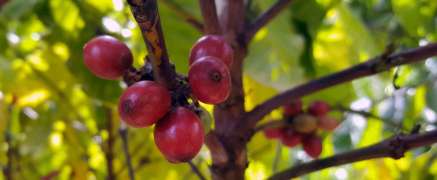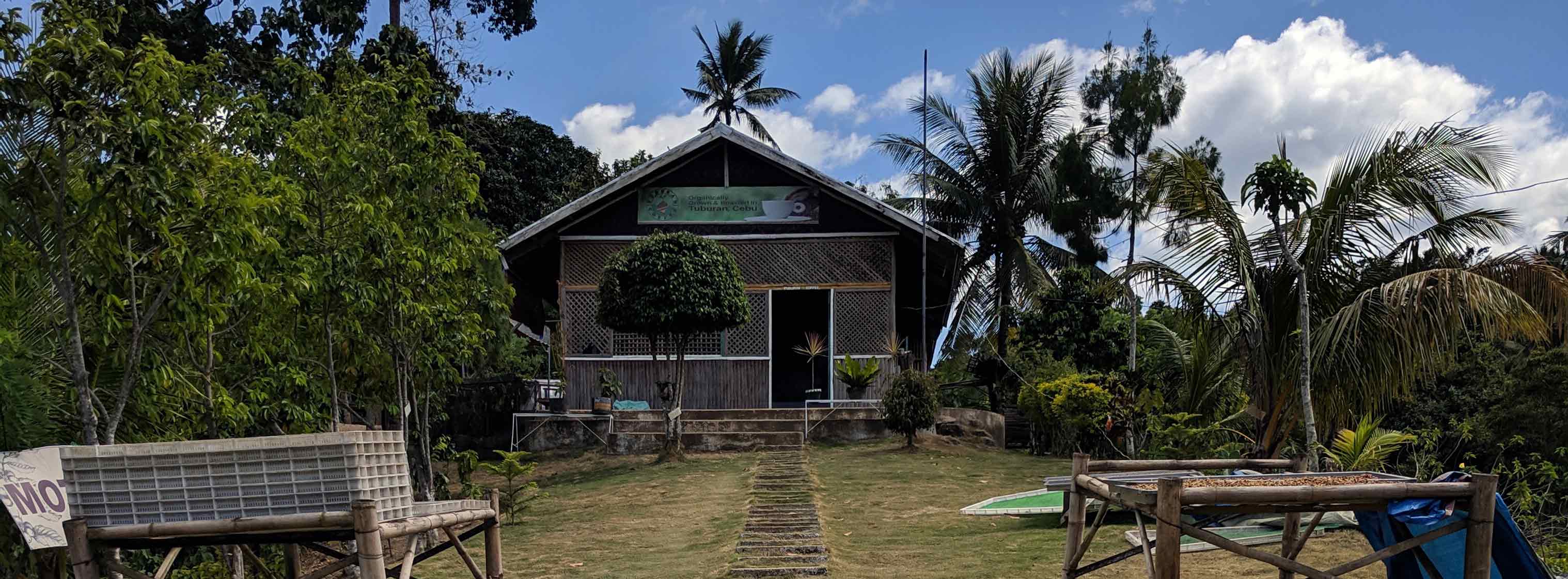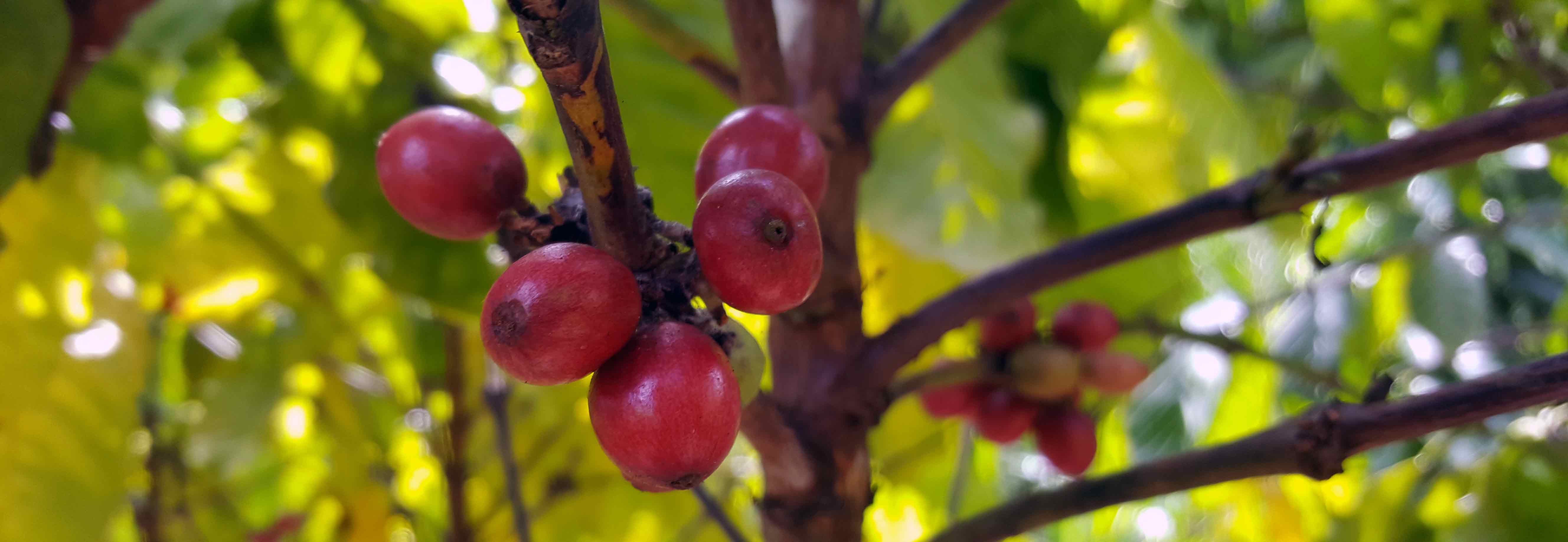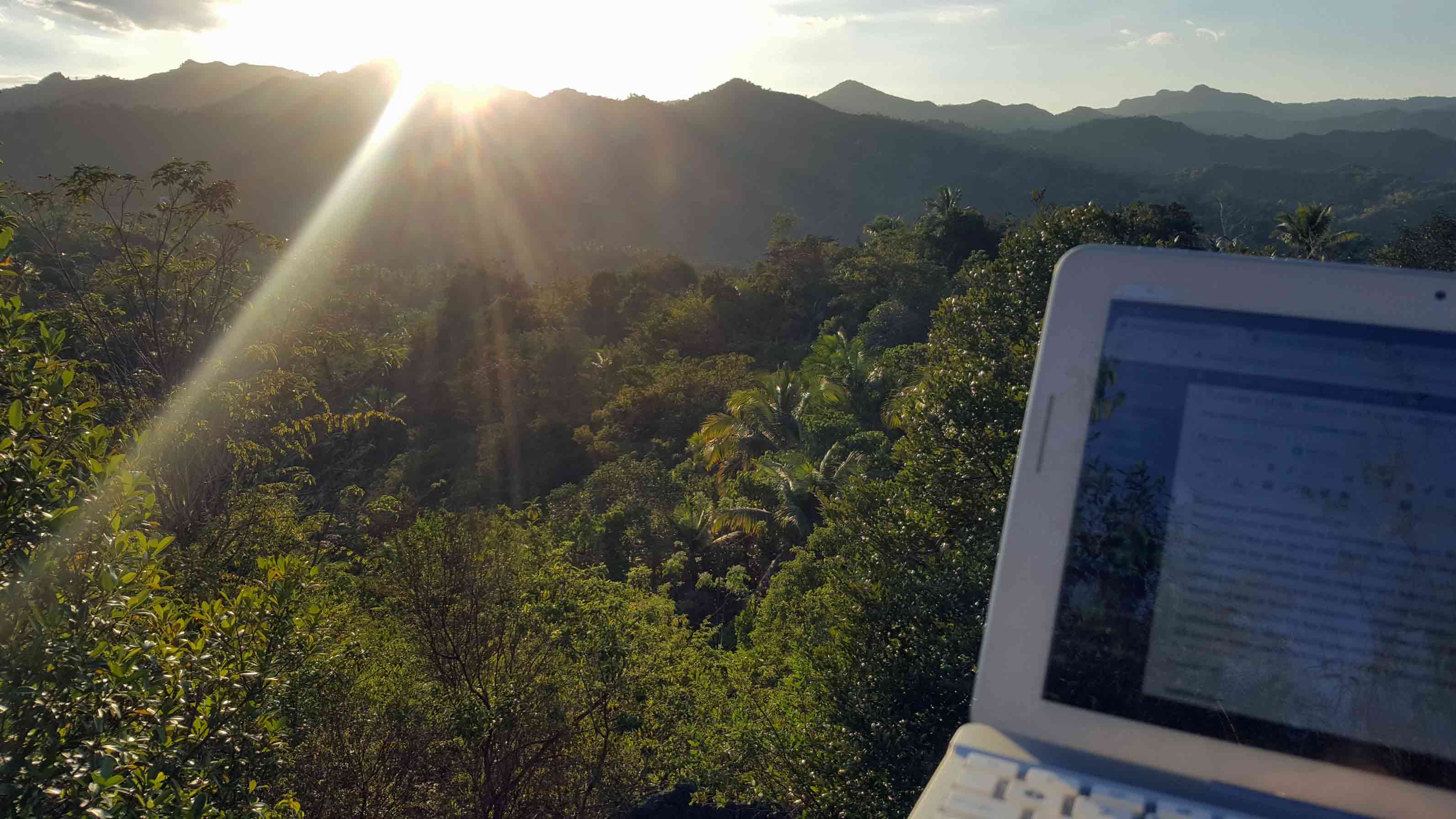Sustainable coffee cultivation on Cebu
When the end of winter in Germany is still far away, I travel far away. This year it took me to the east. To Thailand on a few islands to relax and afterwards to the Philippines. The flights to Cebu were already booked, when I found out that exactly during my stay there is the first coffee festival in Manila from 7.-9. March. So I booked 2 more flights. Since the Philippines are not known for their excellent coffee, I was more than pleasantly surprised that the coffee scene in the Philippines has new momentum. Sustainability is a big topic, and at the booth of The Coffee Heritage Project, I learn more about the country’s coffee tradition and how they want to combine both. That is exactly what I am interested in! With coffee beans from Candid Coffee and Blue Wonder Coffee I leave the festival and fall in love directly with the first cup of coffee from Candid Coffee – Single Origin Typica coffee beans from Mount Kalatungan in the south of the Philippines. Full-bodied, chocolaty with fruity notes of strawberry and guava! I can not wait to visit the coffee plantation of Tuburan Coffee here on Cebu.
View this post on Instagram
Tuburan Coffee
Since 2011, Robusta coffee has been cultivated in this region on 88 hectares at a height of 800 meters by 65 farmers and workers. Here it is simply too flat for Arabica plants. The first 30,000 seedlings were bought from Nestlé. If you look at how Nestlé’s instant coffee dominates the Philippine market, it’s not suprising. However, the region has big plans and wants to become the leading producer of organically grown coffee, thus reducing poverty in the region. What I personally like very much – here the coffee is not only grown and processed for export as green coffee, but also roasted. This not only creates jobs, but makes the farmers independent and all the money for the production of coffee remains in the Philippines. Not a matter of course, because many coffee growers worldwide only produce their green coffee, which is exported by large international companies for dumping prices. So they make most of the money only by importing and roasting the coffee.
My visit on the plantation
The lunch break is over and finally some staff in the shop. We sign in a guest book and get directly offered a 100% local dark roasted organically grown coffee. Not quite my taste. But with a little sugar it gets better. But since the coffee comes from a thermos, maybe it’s just because. I definitely take a 125g packet of freshly roasted and ground coffee for 120 pesos – unfortunately there are not beans available currently.
Then we follow our guide on the farm. The harvest is just finished. Fortunately, there are still some plants where the last red cherries are just waiting for me to try them. At the same time there are also young plants, which are currently in bloom and smell of jasmine and older, who already carry a few green coffee cherries. They can harvest the ripe cherries here once a quarter. But the only thing to do on the field is currently the irrigation of the plants. Despite some coconut palms and banana trees, most plants are in the blazing sun and need a lot of water accordingly. The men and women water the plants manually with watering cans. Phew! Pretty much work! Of course, there is a lot more work waiting regarding the harvested coffee like drying, peeling, cleaning, grading and roasting.
Before we leave the farm, I am pleased to learn that Tuburan Coffee is no longer part of Nestlé, but independent. Although the farmers are not getting rich, the farm seems to be a good project for the region.
If you would like to visit the coffee plantation, drive via the coastal town of Tuburan. The path also leads through the mountains but on paved roads and you only cross a few meters river bed, which was completely dry when we crossed it on our way back. Here you not only get on well with the motorcycle, but also with an SUV.
☕ Coffee
If you buy the following from the farm.
- coffee bean seedling
- raw coffee
- 250g roasted coffee
- 150g ground coffee
And with such a stunning view it is more than fun to write this article.








nice post Thanks for sharing
Thanks! Welcome
like ti visit you coffee plantation during harvest season? what month is harvest season? my email is corbett5464@yahoo.com
Hey James,
I just wrote about the coffee farm – please contact the farm directly – here more details: https://www.facebook.com/tuburancebucoffee/
I was there right after the harvest – so I guess they harvest in February. But please check with them.
Best,
Daniela